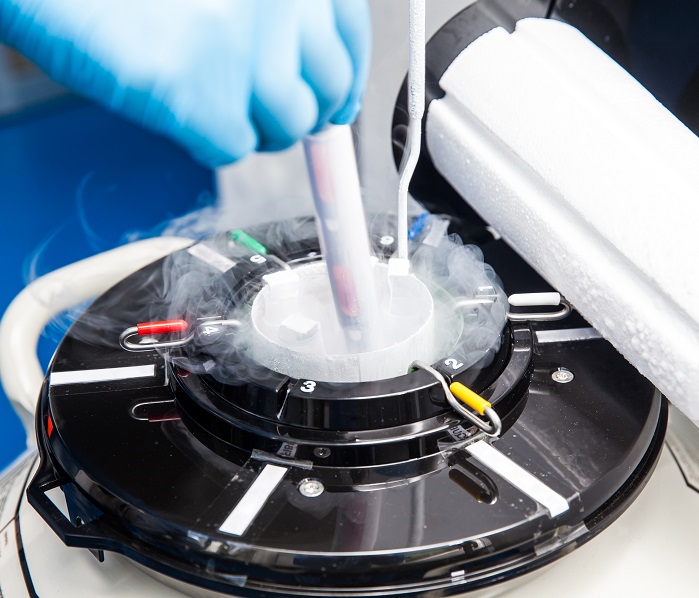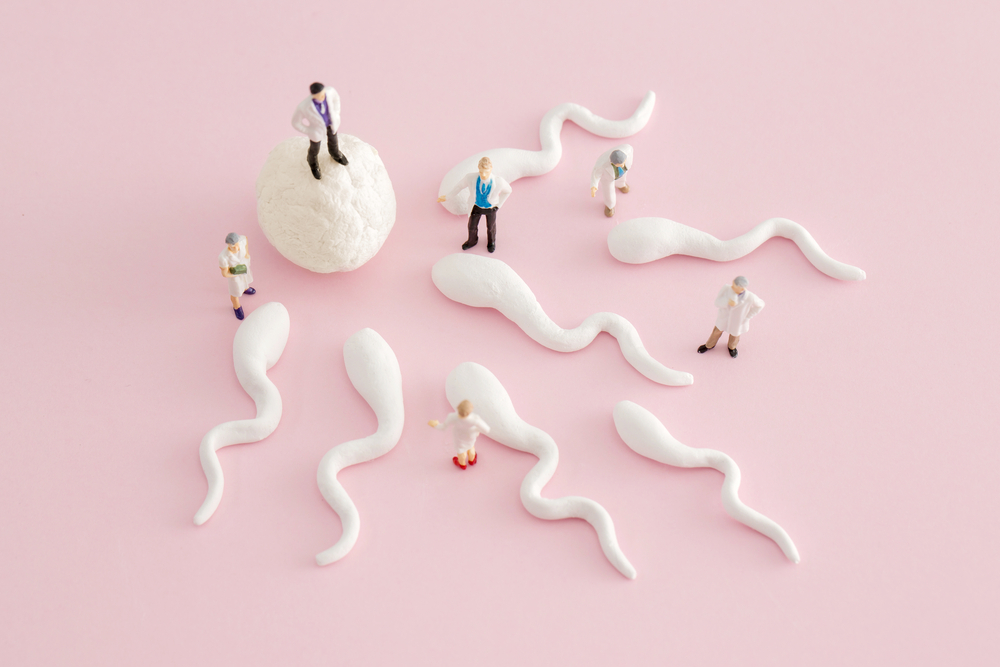After your embryo transfer, it’s normal to be anxious and excited to see if you’re pregnant. While there are no guarantees, here are some positive signs that may indicate that the embryo transfer was successful. Don’t hesitate to call your doctor if you have any questions or concerns. Congratulations on taking this important step in your journey to parenthood!
The body of a woman body that is getting ready to welcome the birth of a child is among the most stunning examples of the vitality of life. The transfer of an embryo can be the final and most vital step of this process called in vitro fertilization (IVF). The embryo or embryos are implanted into the uterus of the mother to be using the transfer cannula. An ultrasound scan will assist in the safe placement to ensure your success with the IVF embryo transfer. Between the freezing embryo transfer as well as your pregnancy test, symptoms that resemble menstrual flow, or having your period, can occur. But, it’s totally normal to experience no symptoms after embryo transfer is that normal.
It can take 14 days following the transfer of the embryo to determine whether the outcome is positive, and also if conception is occurring. Because hormonal treatment is an integral part of IVF, certain women could begin to exhibit IVF pregnancy symptoms similar to pregnancy-related symptoms. It is essential to ensure that women are not completely ignorant in regards to the symptoms of an embryo that are positive transfer.
Contents
- 1 - What are the positive signs after the embryo transfer?
- 1.1 - 1. Vaginal bleeding or spots
- 1.2 - 2. Changes in the breast
- 1.3 - 3. Fatigue
- 1.4 - 4. The elevated temperature is also known as the dip of implantation
- 1.5 - 5. Nausea
- 1.6 - 6. Frequent urine leaks
- 1.7 - 7. Needles and pins discomfort and dizziness in the abdomen and lower back
- 1.8 - 8. Examining early signs of pregnancy
- 2 - What Are the Positive Signs after Embryo Transfer?
- 3 - Symptoms after IVF 3 Day Transfer
- 4 - Conclusion
What are the positive signs after the embryo transfer?
Vaginal discharges are more frequent. In the weeks following the embryo transfer is completed, there could be an abundance of vaginal discharge. The discharge is due to hormonal fluctuations in the woman’s levels as well as the progesterone that is administered vaginally. This assists in keeping the endometrium at a high condition to help support the embryo’s implant.
1. Vaginal bleeding or spots
The first spots could be caused by the vaginal progesterone application devices that contact the ectocervix, which is extremely sensitive. The spots that are observed usually disappear in 2 to three days following the transfer of an embryo occurs. At the end of the 14-day waiting period, bleeding from the implantation can result from the embryo implanting onto the wall of the uterus.
2. Changes in the breast
After the transfer of embryos the hormones given can result in more normal, tender, or swollen breasts, or tingling sensations in the nipples, and even darkening of the breasts.
3. Fatigue
The elevated levels of progesterone needed to keep the uterus’ lining in which embryos implant can result in fatigue and tiredness that is excessive. Following an IVF procedure, progesterone supplements could be prescribed to aid in maintaining the liner. The hormone can boost metabolism, which then reduces the body’s energy levels.
4. The elevated temperature is also known as the dip of implantation
The body’s temperature for women can increase by around 1 degree after conception and stays elevated throughout the pregnancy. If the implantation didn’t happen, it could result in body temperature falls.
5. Nausea
The hormones that are administered during IVF can cause nausea, and it can be mistaken for pregnancy. In normal pregnancy, nausea is caused by the rising levels of beta-hCG and is likely to be the case in IVF cases as well.
6. Frequent urine leaks
The hormone that is injected into the hCG pregnancy during IVF. The hormone rises in urine and blood immediately following the implantation of embryos and the measurement of hCG could confirm the pregnancy. The hormone may cause an increase in urination.
7. Needles and pins discomfort and dizziness in the abdomen and lower back
The symptoms mentioned are caused by hormones derived from the ovarian stimulation process or endometrial preparation. Some discomfort and pain could be caused by the puncture procedure itself. The pelvic pain and cramps can also be observed following embryo transfer because of the excessive levels of gonadotropins as well as the ovum’s ability to pick up related fluids around the ovaries.
8. Examining early signs of pregnancy
After the embryo transfer is complete, the waiting commences. Remember that the signs may differ for each person. There are however certain signs to look out for that could suggest an early pregnancy. The most frequent symptoms will be discussed further down.
What Are the Positive Signs after Embryo Transfer?
Are you the latest to have an embryo transfer frozen (FET) and are eager to find out if you’re expecting or not? Do you have some positive signs after embryo transfer that are associated with IVF that you can look for to determine? Find out what are the signs of successful implantation here:
- Abdominal discomfort is like the pain that is that women experience during menstruation.
- The breasts may be a little swollen and around the nipples and areola.
- Drool, especially after eating.
- The vomiting and nausea can be quite severe often occur, particularly upon awakening typically, usually from after the two-week mark.
- Refusal to eat, smoke, and certain smells
Symptoms after IVF 3 Day Transfer
Although some of the signs that embryo transfer in IVF may encounter following an embryo transfer could appear like signs of a successful process, however, they could also be related to fertility medication and other medications that you’ve taken in the prior days to your procedure.
- Light bleeding or spotting
- The pelvic area is painful and cramming can be a problem.
- Tiredness and fatigue
- Breasts that are tender and sore
- More frequent need to pee
- Changes in vaginal discharge
What happens on 7 days after embryo transfer symptoms?
The hormone stimulates an increase in progesterone production in the first trimester to improve the lining of the uterus and support the embryo or fetus that is growing. 7. The embryo has become an embryo and hormones like HCG are present in the bloodstream while the placenta is continuing to grow.
After How Many Weeks IVF Pregnancy Is Safe
When is the best time to conduct the first pregnancy scan following IVF treatment? It is recommended to perform the scan between weeks 5 to 7 of pregnancy. This means in between the 3rd and 5th weeks following the embryo transfer.
Conclusion
According to experts in reproductive health, the absence or absence of these signs does not indicate the outcome of the pregnancy test. These symptoms are typically the result of the use of progesterone hormones. About 10-15% of patients suffer no symptoms but then have a positive embryo test. The majority of women do not suffer body changes after embryo transfer also. The only method to determine whether the transfer of your embryo was successful or not.
After embryo transfer, many women will have a positive pregnancy test. If you are not pregnant yet and want to know the signs of success after an IVF procedure or other fertility treatments, take a look at our blog post on what constitutes successful treatment for infertility. We hope that this article has been helpful in understanding your options for getting pregnant through assisted reproductive techniques such as egg donation and surrogacy. In order to get started with anyone technique contact us today!




